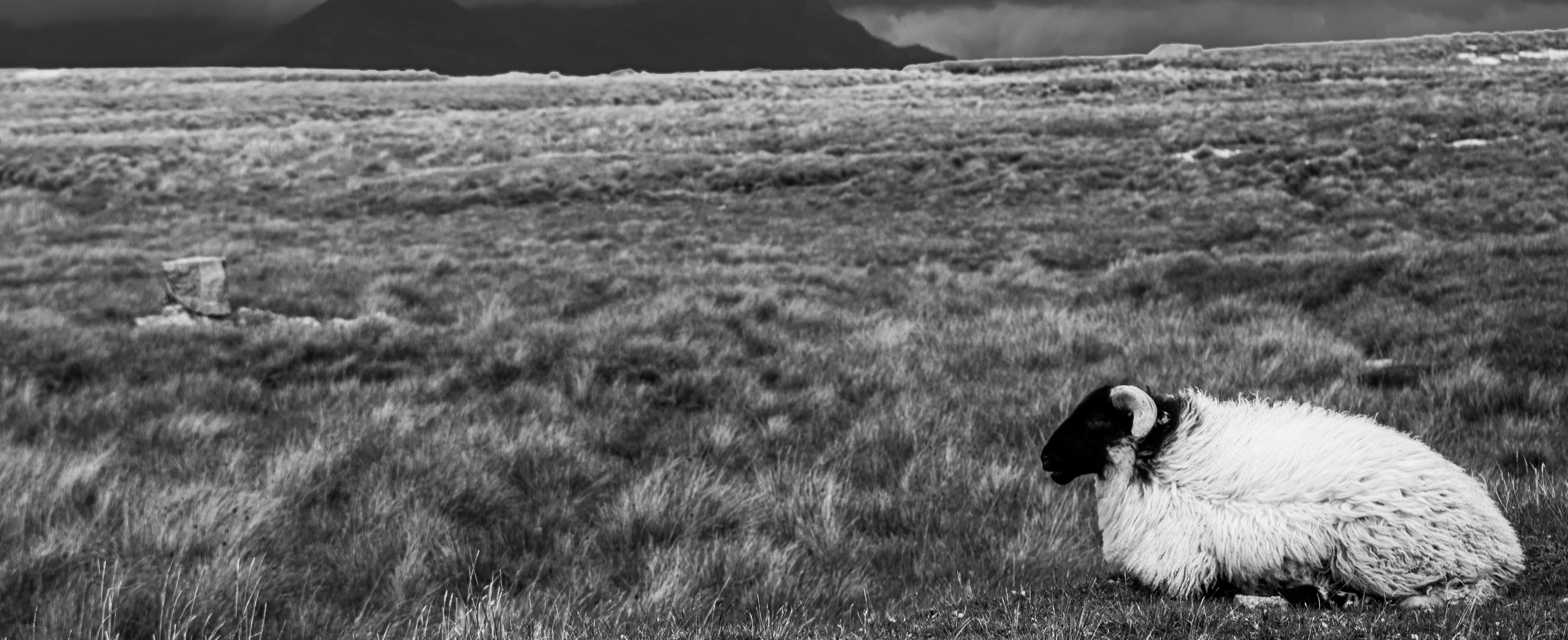Abstract
There is growing consensus among animal studies scholars that fictional representations of animals, far from representing a discrete site of literary theory, offer insights into broader sociocultural forces and systems relevant to human-animal relations. This article aims to contribute to this developing corpus of interdisciplinary knowledge, and to aid attempts by creative practitioners to self-reflexively challenge the human/animal binary, by laying groundwork for a typological spectrum that might enable assessment of the relative anthropocentrism manifested by different conceptions of fictional animals. I consider philosophical and ethical questions surrounding attempted representations of animal subjectivity in human language, and employ key theoretical concepts comprised of ideological anthropocentrism, linguistic anthropomorphism, and impossible fiction. I propose that a useful typological spectrum might proceed on the basis that all fictional animals are anthropomorphised to some degree; that the relative anthropocentrism reflected by a given fictional animal (i.e. whether the adopted anthropomorphic strategy is ‘better’ or ‘worse’) depends on how effectively the animal represents an individual, embodied subjectivity not dependent for meaning on human consciousness; and that a practical enquiry in considering whether a fictional animal depends for meaning on human consciousness is how far the animal’s imagined subjectivity is in fact impossible (e.g. by virtue of the attribution of impossibly human traits or knowledge).
Keywords: animals in fiction, anthropomorphism, anthropocentrism
How to Cite:
Cadman, S., (2016) “Reflections on Anthropocentrism, Anthropomorphism and Impossible Fiction: Towards A Typological Spectrum of Fictional Animals”, Animal Studies Journal 5(2), 161-182.
Downloads:
Download PDF
103 Views
4390 Downloads

